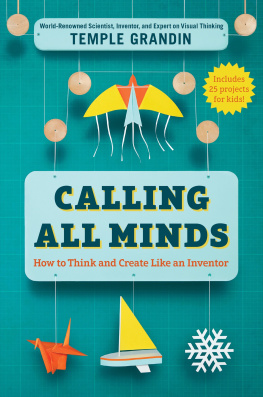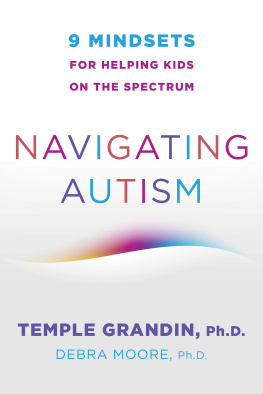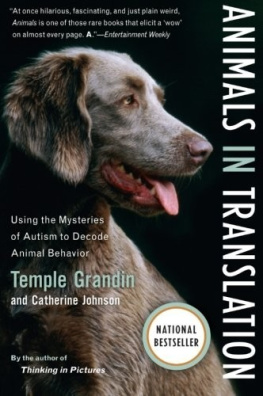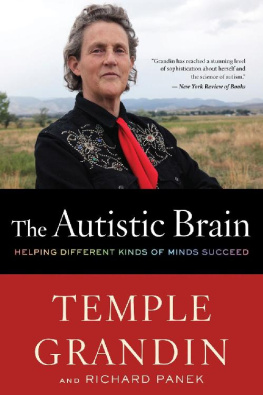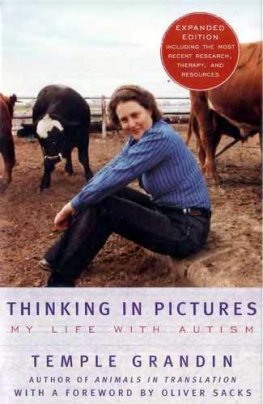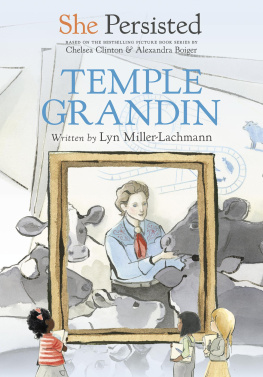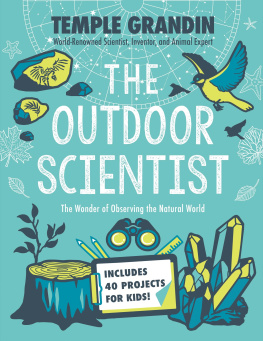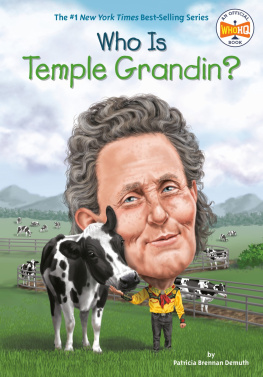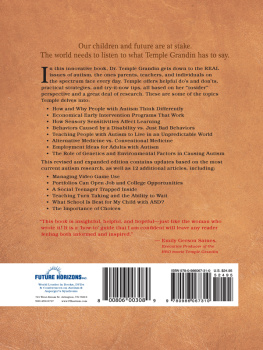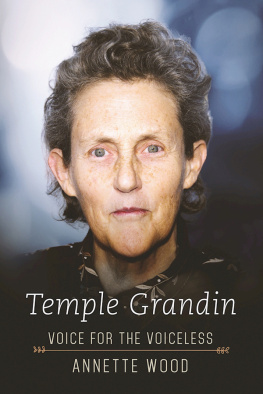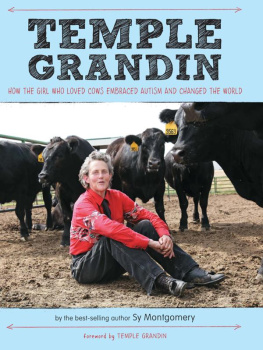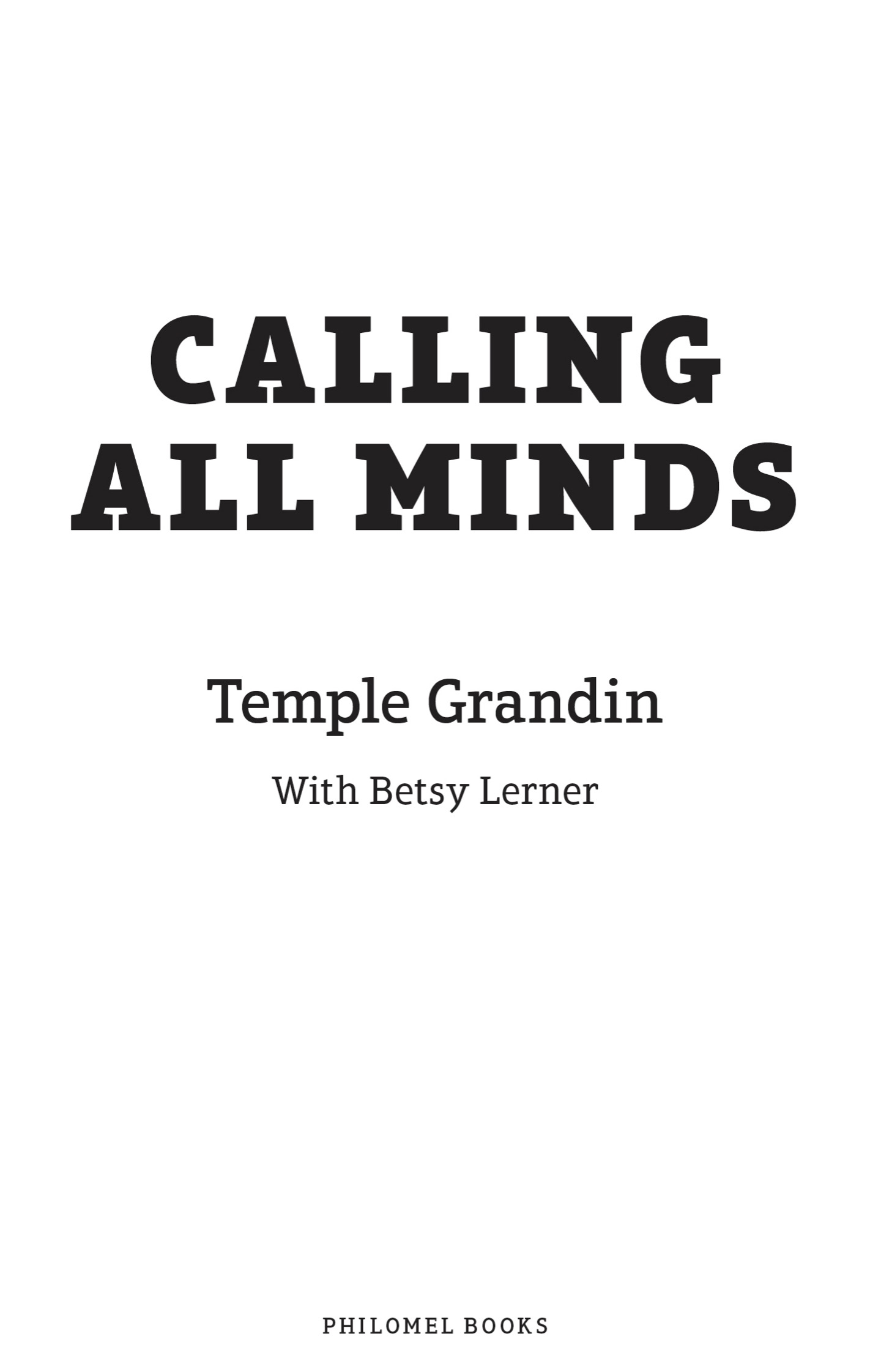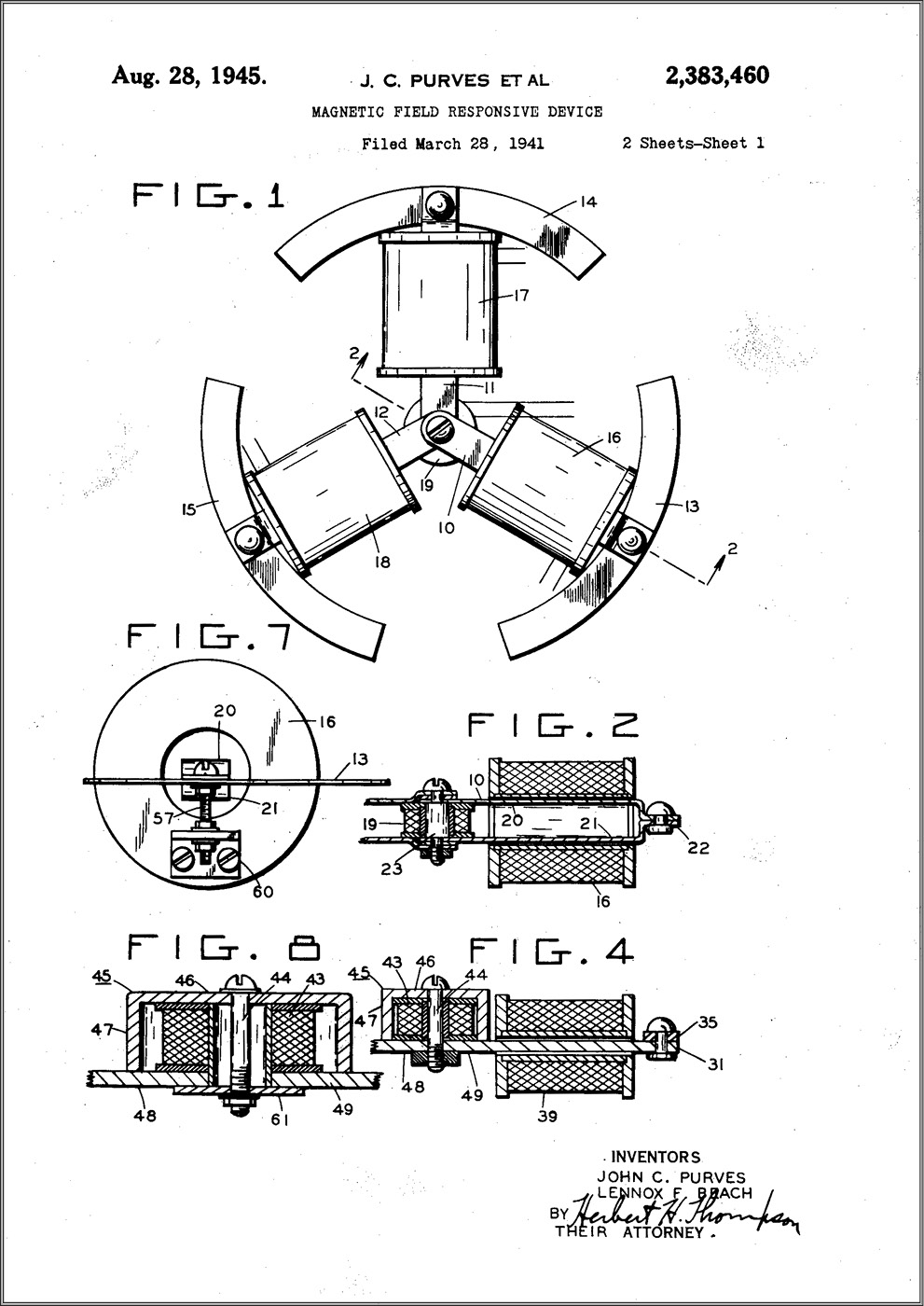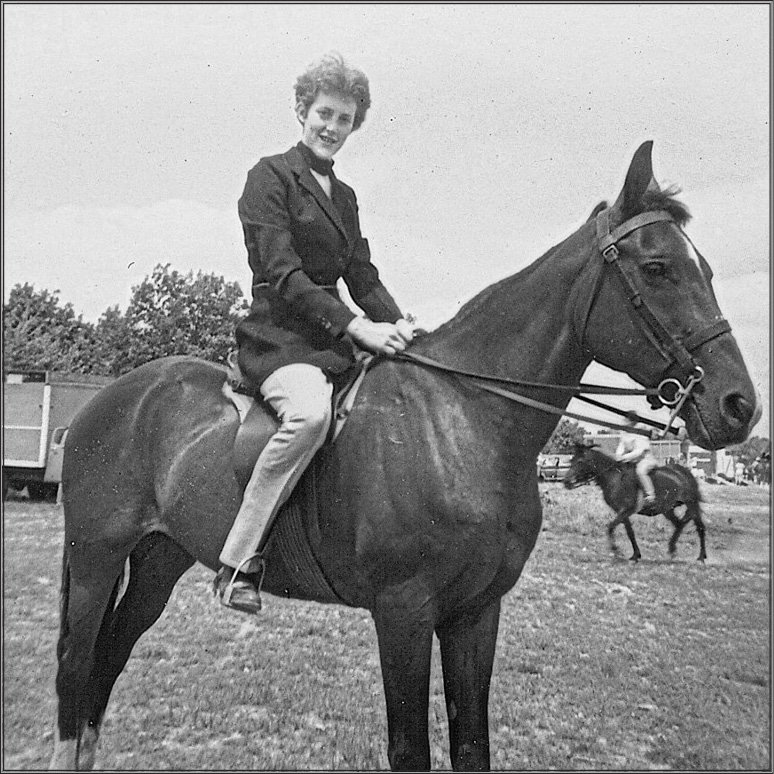Temple Grandin - Calling All Minds: How To Think and Create Like an Inventor
Here you can read online Temple Grandin - Calling All Minds: How To Think and Create Like an Inventor full text of the book (entire story) in english for free. Download pdf and epub, get meaning, cover and reviews about this ebook. year: 2018, publisher: Philomel Books, genre: Home and family. Description of the work, (preface) as well as reviews are available. Best literature library LitArk.com created for fans of good reading and offers a wide selection of genres:
Romance novel
Science fiction
Adventure
Detective
Science
History
Home and family
Prose
Art
Politics
Computer
Non-fiction
Religion
Business
Children
Humor
Choose a favorite category and find really read worthwhile books. Enjoy immersion in the world of imagination, feel the emotions of the characters or learn something new for yourself, make an fascinating discovery.
- Book:Calling All Minds: How To Think and Create Like an Inventor
- Author:
- Publisher:Philomel Books
- Genre:
- Year:2018
- Rating:5 / 5
- Favourites:Add to favourites
- Your mark:
Calling All Minds: How To Think and Create Like an Inventor: summary, description and annotation
We offer to read an annotation, description, summary or preface (depends on what the author of the book "Calling All Minds: How To Think and Create Like an Inventor" wrote himself). If you haven't found the necessary information about the book — write in the comments, we will try to find it.
Have you ever wondered what makes a kite fly or a boat float? Have you ever thought about why snowflakes are symmetrical, or why golf balls have dimples? Have you ever tried to make a kaleidoscope or build a pair of stilts?
In Calling All Minds, Temple Grandin explores the ideas behind all of those questions and more. She delves into the science behind inventions, the steps various people took to create and improve upon ideas as they evolved, and the ways in which young inventors can continue to think about and understand what it means to tinker, to fiddle, and to innovate. And laced throughout it all, Temple gives us glimpses into her own childhood tinkering, building, and inventing.
More than a blueprint for how to build things, in Calling All Minds Temple Grandin creates a blueprint for different ways to look at the world. And more than a call to action, she gives a call to imagination, and shows readers that there is truly no single way to approach any given problem--but that an open and inquisitive mind is always key.
Praise for Calling All Minds:
An impassioned call to look at the world in unique ways with plenty of practical advice on how to cultivate a curious, inquiring, imaginative mind. --Kirkus Reviews
Temple Grandin: author's other books
Who wrote Calling All Minds: How To Think and Create Like an Inventor? Find out the surname, the name of the author of the book and a list of all author's works by series.

